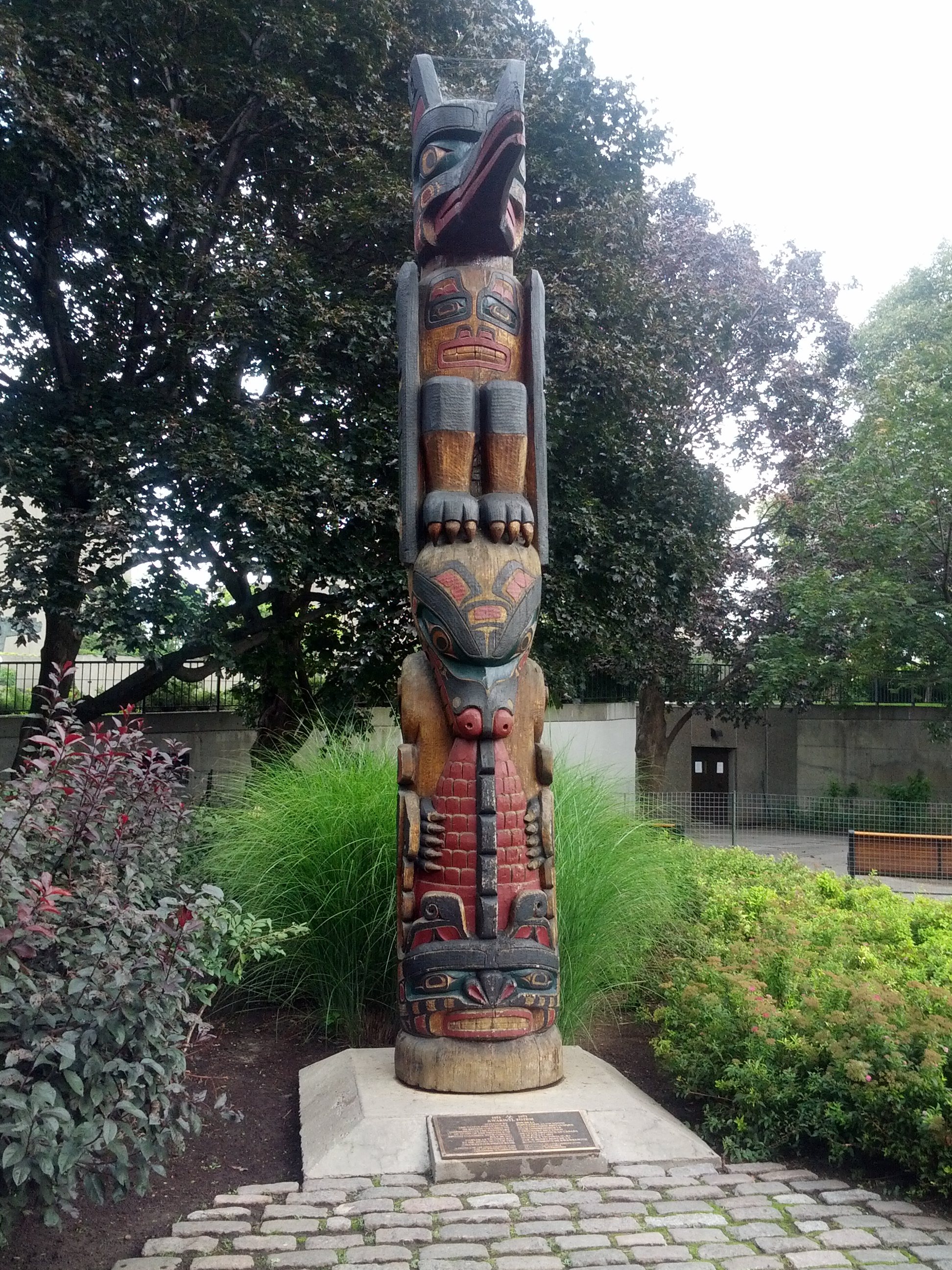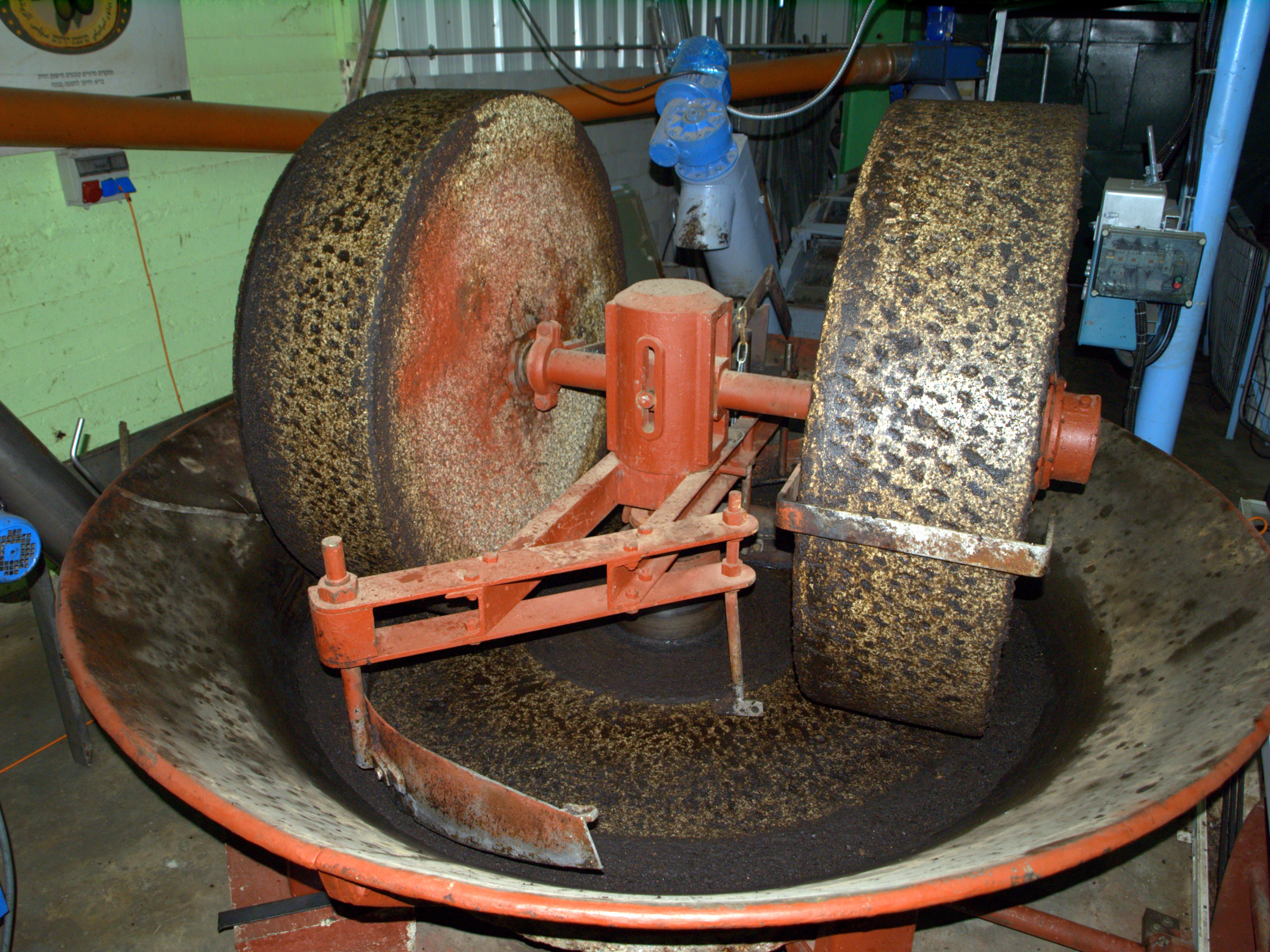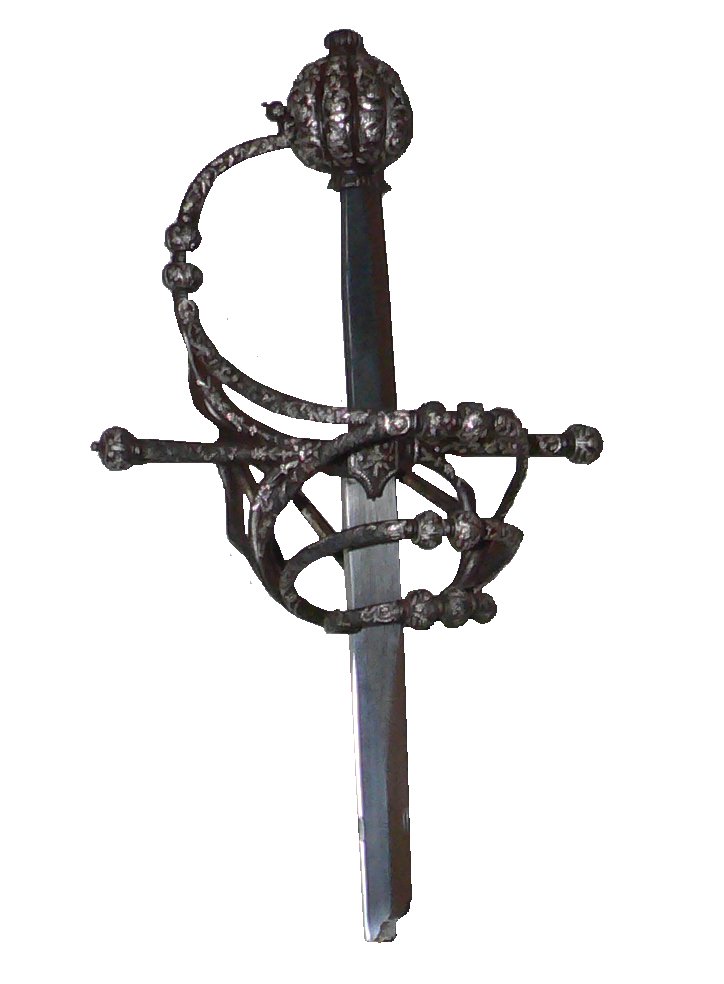|
Jean De L'Ours
Jean de l'Ours () or John the Bear, John of the Bear, John-of-the-Bear, John Bear, is the leading character in the French folktale ''Jean de l'Ours'' classed as Type 301B in the Aarne–Thompson system; it can also denote any tale of this type. Some typical elements are that the hero is born half-bear, half-human; he obtains a weapon, usually a heavy iron cane, and on his journey; he bands up with two or three companions. At a castle the hero defeats an adversary, pursues him to a hole, discovers an underworld, and rescues three princesses. The companions abandon him in the hole, taking the princesses for themselves. The hero escapes, finds the companions and gets rid of them. He marries the most beautiful princess of the three, but not before going through certain ordeal(s) by the king. The character is said to be one of "the most popular tale-types in Hispanic and Francophone tradition". Numerous variants exist in France, often retaining the name Jean de l'Ours or something si ... [...More Info...] [...Related Items...] OR: [Wikipedia] [Google] [Baidu] |
Bertram Colgrave
Bertram Colgrave (born 1889, Derry, Ireland – died 13 January 1968, Cambridge, England) was a medieval historian, antiquarian and archaeologist, specializing on the lives of the early saints in Anglo-Saxon England. Life Colgrave attended King Edward VI Camp Hill School for Boys in Birmingham, prior to undergraduate studies at the University of Birmingham. He went on to study for a second degree in Anglo-Saxon and Middle English at Clare College, Cambridge, teaching briefly at Merchiston Castle School near Edinburgh from 1916 to 1918. In 1920 he was appointed lecturer in English at Durham University, with a promotion to reader in 1930. He was attached to Hatfield College. He served as dean of the Faculty of Arts between 1933 and 1935 and was the first public orator of the university from 1939 to 1942. From 1950 to 1963 he was founding editor-in-chief of ''Early English Manuscripts in Facsimile''. On his retirement from Durham University in 1954, he held visiting professorships ... [...More Info...] [...Related Items...] OR: [Wikipedia] [Google] [Baidu] |
Veps Language
Veps, also known as Vepsian (, or ), is an endangered Finnic languages, Finnic language from the Uralic languages, Uralic language family, that is spoken by Vepsians. The language is written in the Latin script, and is closely related to Finnish language, Finnish and Karelian language, Karelian. According to Soviet Union, Soviet statistics, 12,500 people were self-designated ethnic Veps at the end of 1989. There were 5,900 self-designated ethnic Veps in 2010, and around 3,600 native speakers. According to the location of the people, the language is divided into three main dialects: Northern Veps (at Lake Onega to the south of Petrozavodsk, to the north of the river Svir River, Svir, including the former Veps National Volost), Central Veps (in the east of the Leningrad Oblast and northwest of the Vologda Oblast), and Southern Veps (in the Leningrad Oblast). The Northern dialect seems the most distinct of the three; however, it is still mutually intelligible for speakers of the oth ... [...More Info...] [...Related Items...] OR: [Wikipedia] [Google] [Baidu] |
Karelia
Karelia (; Karelian language, Karelian and ; , historically Коре́ла, ''Korela'' []; ) is an area in Northern Europe of historical significance for Russia (including the Soviet Union, Soviet era), Finland, and Sweden. It is currently divided between northwestern Russia (the Federal subjects of Russia, federal subjects of the Republic of Karelia and Leningrad Oblast) and Finland (the Regions of Finland, regions of South Karelia, North Karelia, and the eastern portion of Kymenlaakso). Use of name Various regions may be called Karelia. Finnish Karelia is a historical province of Finland and is now divided between Finland and Russia, often called just ''Karjala'' in Finnish. The eastern part of this chiefly Lutheran area was ceded to Russia after the Winter War of 1939–40. The Republic of Karelia is a Russian federal subject, including East Karelia, with a chiefly Russian Orthodox population. Within present-day Finland, ''Karjala'' refers to the Regions of Finland, ... [...More Info...] [...Related Items...] OR: [Wikipedia] [Google] [Baidu] |
Totem
A totem (from or ''doodem'') is a spirit being, sacred object, or symbol that serves as an emblem of a group of people, such as a family, clan, lineage (anthropology), lineage, or tribe, such as in the Anishinaabe clan system. While the word ''totem'' itself is an anglicisation of the Ojibwe term (and both the word and beliefs associated with it are part of the Ojibwe language and Ojibwe, culture), belief in Tutelary deity, tutelary spirits and deities is not limited to the Ojibwe people. Similar concepts, under differing names and with variations in beliefs and practices, may be found in a number of cultures worldwide. The term has also been adopted, and at times redefined, by anthropologists and philosophers of different cultures. Contemporary Neoshamanism, neoshamanic, New Age, and mythopoetic men's movements not otherwise involved in the practice of a traditional, tribal religion have been known to use "totem" terminology for the personal identification with a tutelary sp ... [...More Info...] [...Related Items...] OR: [Wikipedia] [Google] [Baidu] |
Millstone
Millstones or mill stones are stones used in gristmills, used for triturating, crushing or, more specifically, grinding wheat or other grains. They are sometimes referred to as grindstones or grinding stones. Millstones come in pairs: a stationary base with a convex rim known as the bedstone (or nether millstone) and a concave-rimmed runner stone that rotates. The movement of the runner on top of the bedstone creates a "scissoring" action that grinds grain trapped between the stones. Millstones are constructed so that their shape and configuration help to channel ground flour to the outer edges of the mechanism for collection. The runner stone is supported by a cross-shaped metal piece ( millrind or rynd) fixed to a "mace head" topping the main shaft or spindle leading to the driving mechanism of the mill (wind, water (including tide), or other means). History The origins of an industry Often referred to as the "oldest industry", the use of the millstone is inextr ... [...More Info...] [...Related Items...] OR: [Wikipedia] [Google] [Baidu] |
Quoits
Quoits ( or ) is a traditional game which involves the throwing of metal, rope or rubber rings over a set distance, usually to land over or near a spike (sometimes called a hob, mott or pin). The game of quoits encompasses several distinct variations. History Quoits is supposedly the game the ancient Greek deity Apollo was playing with his lover Hyacinth (mythology), Hyacinth which ultimately resulted in his death. In Apollonius of Rhodes' ''Argonautica,'' Thetis sees Jason and the other heroes "delighting in mass throwing (σόλῳ ῥιπῇσί) and arrows." The Greek word "σόλος" usually refers to a mass of iron used for throwing. It is often translated as "quoit." From coyte: "flat stone thrown in a game". Probably from Old French coite: "flat stone". Possible derivation of coilte: "cushion". It is not until the 19th century that the game is documented in any detailed way. The official rules first appeared in the April 1881 edition of ''The Field (magazine), The Fi ... [...More Info...] [...Related Items...] OR: [Wikipedia] [Google] [Baidu] |
Stith Thompson
Stith Thompson (March 7, 1885 – January 10, 1976) was an American folklore studies, folklorist: he has been described as "America's most important folklorist". He is the "Thompson" of the Aarne–Thompson–Uther Index, which indexes Folklore, folktales by type, and the author of the ''Motif-Index of Folk-Literature'', a resource for folklorists that indexes motifs, granular elements of folklore. Biography Early life Stith Thompson was born in Bloomfield, Kentucky, Bloomfield, Nelson County, Kentucky, on March 7, 1885, the son of John Warden and Eliza (McClaskey). Thompson moved with his family to Indianapolis at the age of twelve and attended Butler University from 1903 to 1905 before he obtained his BA degree from University of Wisconsin in 1909 (his undergraduate thesis was titled, 'The Return from the Dead in Popular Tales and Ballads'). For the next two years he taught at Lincoln High School (Portland, Oregon), Lincoln High School in Portland, Oregon, during which time he ... [...More Info...] [...Related Items...] OR: [Wikipedia] [Google] [Baidu] |
1886
Events January * January 1 – Upper Burma is formally annexed to British rule in Burma, British Burma, following its conquest in the Third Anglo-Burmese War of November 1885. * January 5–January 9, 9 – Robert Louis Stevenson's novella ''Strange Case of Dr Jekyll and Mr Hyde'' is published in New York and London. * January 16 – A resolution is passed in the German Parliament to condemn the Prussian deportations, the politically motivated mass expulsion of ethnic Poles and Jews from Prussia, initiated by Otto von Bismarck. * January 18 – Modern field hockey is born with the formation of The Hockey Association in England. * January 29 – Karl Benz patents the first successful gasoline-driven automobile, the Benz Patent-Motorwagen (built in 1885). February * February 6–February 9, 9 – Seattle riot of 1886: Anti-Chinese sentiments result in riots in Seattle, Washington. * February 8 – The West End Riots following a popular meetin ... [...More Info...] [...Related Items...] OR: [Wikipedia] [Google] [Baidu] |
Lorraine
Lorraine, also , ; ; Lorrain: ''Louréne''; Lorraine Franconian: ''Lottringe''; ; ; is a cultural and historical region in Eastern France, now located in the administrative region of Grand Est. Its name stems from the medieval kingdom of Lotharingia (855–959 AD), which in turn was named after either Emperor Lothair I or King Lothair II. Lorraine, originally the southern or "upper" part of this kingdom, came to be ruled by the Holy Roman Empire as the Duchy of Lorraine before the Kingdom of France annexed it in 1766. From 1982 until January 2016, Lorraine was an administrative region of France. In 2016, under a reorganisation, it became part of the new region Grand Est. As a region in modern France, Lorraine consisted of the four departments Meurthe-et-Moselle, Meuse, Moselle and Vosges (from a historical point of view the Haute-Marne department is also located in the region), containing 2,337 communes. Metz is the regional prefecture. The largest metropolitan area ... [...More Info...] [...Related Items...] OR: [Wikipedia] [Google] [Baidu] |
Pommel (sword)
The hilt (rarely called a haft or shaft) is the handle of a knife, dagger, sword, or bayonet, consisting of a guard, grip, and pommel. The guard may contain a crossguard or quillons. A tassel or sword knot may be attached to the guard or pommel. Pommel The pommel ( Anglo-Norman "little apple") is an enlarged fitting at the top of the handle. They were originally developed to prevent the sword from slipping from the hand. From around the 11th century in Europe, they became heavy enough to be a counterweight to the blade. This gave the sword a point of balance not too far from the hilt, allowing a more fluid fighting style. Depending on sword design and swordsmanship style, the pommel may also be used to strike the opponent (e.g. using the Mordhau technique). Pommels have appeared in a wide variety of shapes, including oblate spheroids, crescents, disks, wheels, and animal or bird heads. They are often engraved or inlayed with various designs and occasionally gilt and moun ... [...More Info...] [...Related Items...] OR: [Wikipedia] [Google] [Baidu] |







